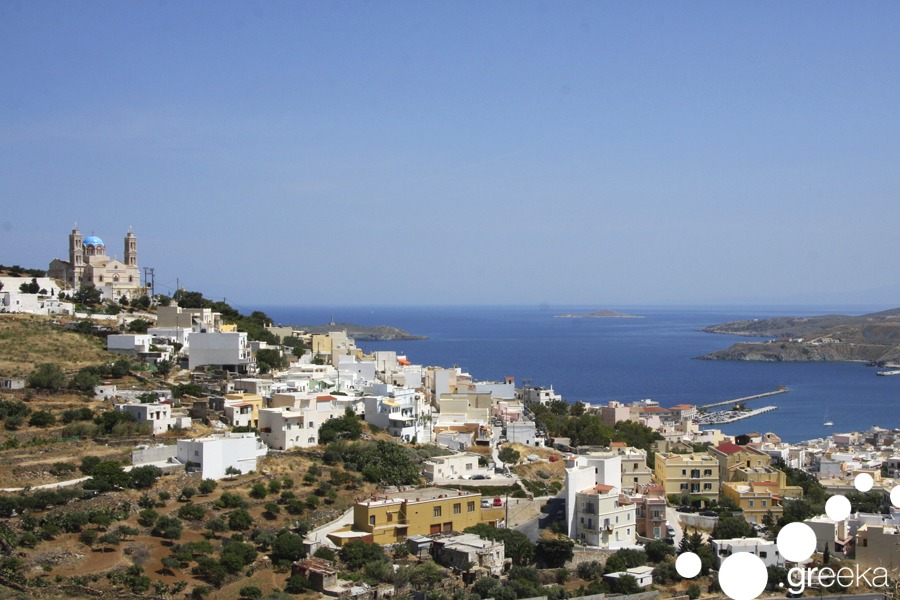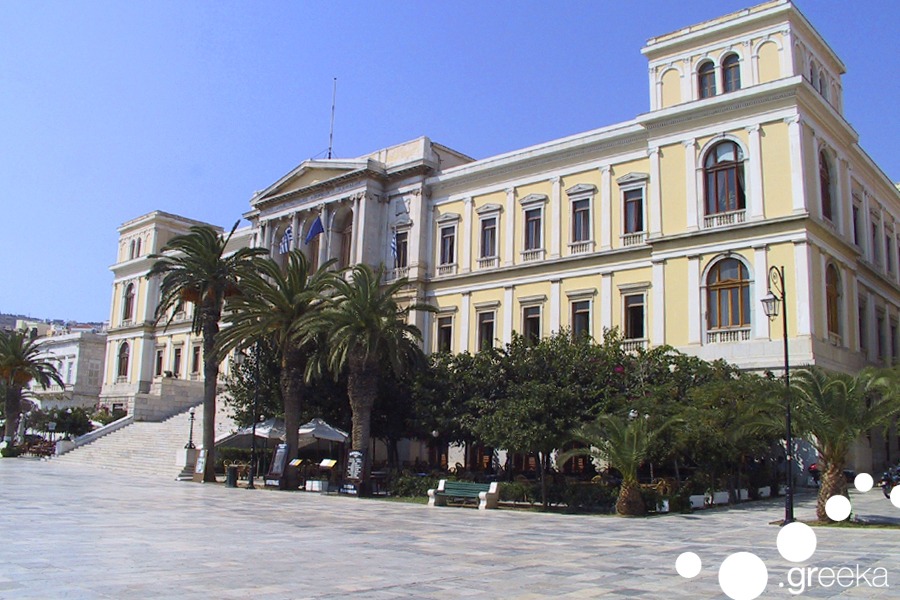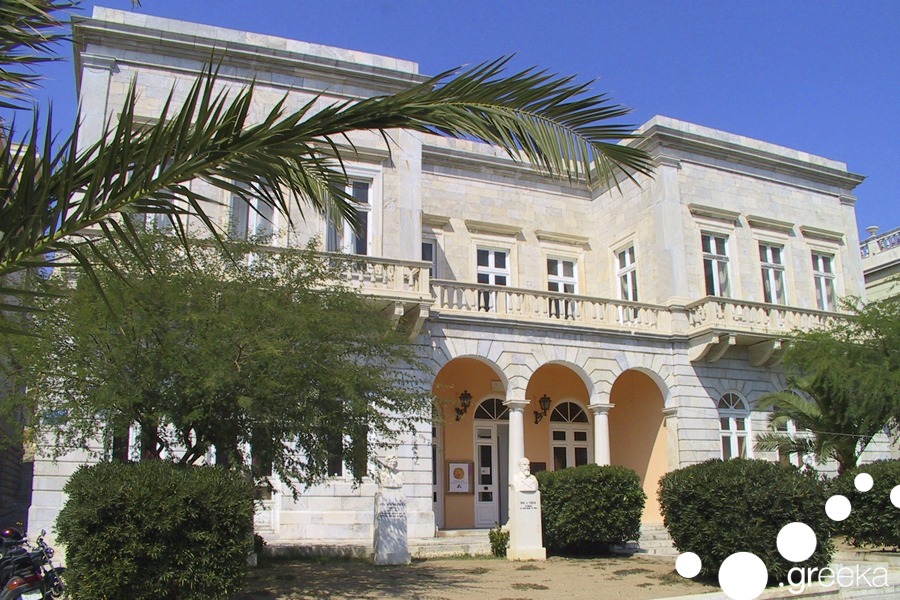Located in the island complex of the Cyclades, Syros is one of the most astonishing islands in the Aegean Sea. Its name derives from the ancient Phoenician language and, more specifically, either from the word Sur, which means stony, or from the word Usira, which means cheerful. In addition to its exceptional beauty and marvelous beaches, Syros is famous for its rich and long culture.

One of the first proof of the extensive cultural and historical background of Syros is Kastri, a settlement dating back to the early Bronze Age of the Cycladic civilization. Kastri is a 5,000-year-old settlement and one of the earliest settlements found in Greece. It was (probably) first inhabited area on Syros island, too. Kastri was built at the top of a steep hill near the sea. It had a stone-made fortification that protected its citizens from attacks. The ancient cemetery of Chalandriani lies in proximity to the settlement. The ancient cemetery of Chalandriani is the largest cemetery built during the Cycladic period. Notably, many items were discovered inside its tombs, including jewelry, pottery, and household items.
One thing that characterizes the Early Cycladic period and the culture of Syros, in particular, is the making of Frying Pans – flat circular discs usually made of clay, known for their beautiful curved design. Their functions remain unknown, but in opposition to their name, there have been no signs indicating that they were used as cooking utensils. Due to the extensive use of metal during that period, plenty of tools made of bronze and silver, have also been unearthed. There is evidence showing that there has been an alliance between Syros and Asia Minor, which was based upon metal trading.

During Roman times, Syros flourished. Many coins from that period are now exhibited in various museums around Greece. The capital of Syros at that time was again Ermoupolis. During the Byzantine period, pirates launched several attacks against Syros, leading to the desolation of the island’s coastal areas. The mainland, on the other hand, still had some inhabitants.
Syros has a unique neoclassic architecture that encompasses medieval along with Venetian characteristics. The Town Hall and the Apollo Theater are perfect examples of the neoclassical architecture. The island hosts plenty of marvelous churches and numerous imposing, colorful mansions. It also has countless marble stairs, whitewashed houses with wooden balconies and doors painted in vivid colors, and, like most Greek islands, narrow winding alleys.

In Syros, most people follow the customs, especially those related to Christmas and Easter. During Christmas, for example, they plant pulses that are later used for decorating their homes and nativity scenes. On Christmas Eve, the whole family meets and eats a traditional recipe of Syros with fish and cauliflower after going to church. During Easter, in the area of Posidonia, both Orthodox Christians and Catholics gather together at some point during the Good Friday procession.
Moreover, every year in September, in the area of Vari, the traditional event of Trigopati is held. During this festival, people traditionally make wine by crushing the grapes with their feet. One can also taste in there a traditional sweet made of grapes called moustalevria (grape must jelly).
The post The Unique Culture of Syros appeared first on GREECE TRAVEL BLOG BY GREEKA.




